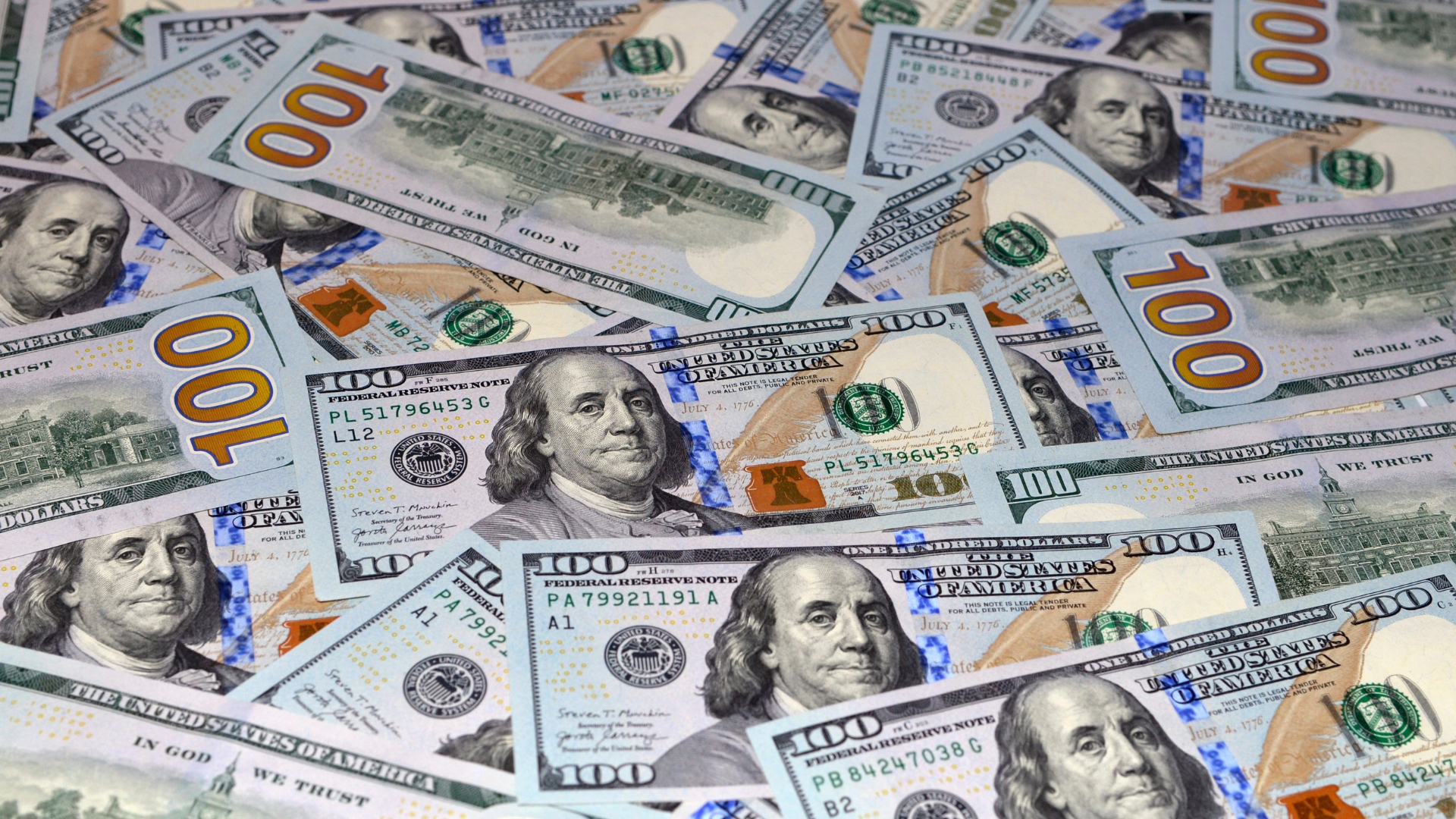The US dollar remains under pressure, with the Dollar Index (DXY) hovering around 103.50 as market sentiment leans bearish. Weak economic data and shifting Federal Reserve expectations have weighed on the greenback, limiting any significant recovery despite fluctuations in global risk appetite.
Investors are increasingly betting that the Federal Reserve could ease monetary policy later this year, dampening demand for the dollar. While inflation remains a concern, recent economic indicators suggest slowing growth, prompting speculation that the Fed may shift toward a more accommodative stance. This has led to weaker demand for the dollar, especially against risk-sensitive and higher-yielding currencies.
At the same time, a stronger global risk environment has diverted capital flows away from the dollar. Equity markets have remained resilient, and some investors are turning to emerging market assets for better returns, further diminishing the dollar’s safe-haven appeal. Meanwhile, central banks in other major economies, including the European Central Bank, have maintained a relatively hawkish stance, providing support for the euro and other competing currencies.
Technical indicators also suggest a challenging path for the dollar index in the near term. The DXY has struggled to maintain support levels, and any failure to hold above 103.50 could trigger a deeper slide toward the next key level around 103.00. Analysts note that a break below this threshold could accelerate selling pressure, leading to further weakness against major counterparts such as the euro, yen, and pound.
Despite the current bearish momentum, any shift in Federal Reserve rhetoric or a significant deterioration in global risk conditions could provide temporary relief for the dollar. Unexpectedly strong U.S. economic data or renewed geopolitical tensions might push investors back into the greenback as a safe-haven asset. However, unless a major catalyst emerges, the broader outlook remains tilted toward further downside pressure.
For now, the dollar index continues to trade cautiously, with market participants closely monitoring upcoming economic releases and central bank statements. Without a shift in fundamentals, the path of least resistance for the dollar appears to be lower, reinforcing the bearish outlook in the short term.
















